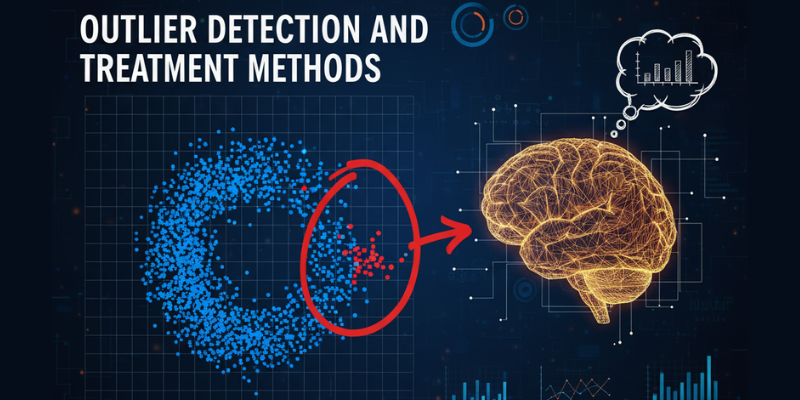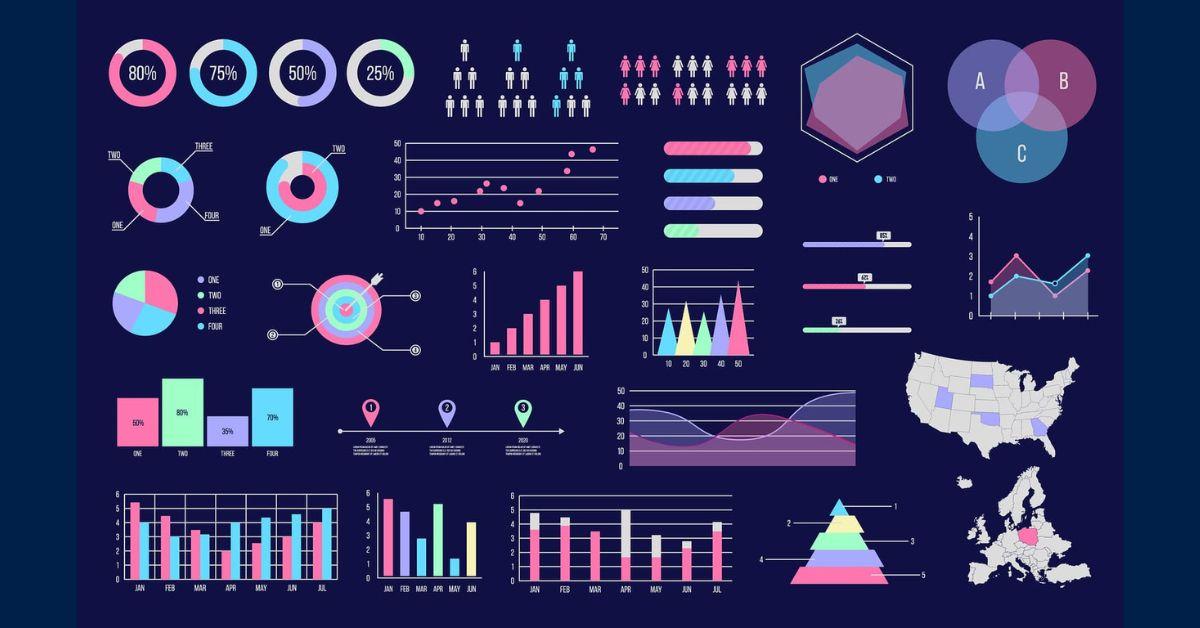Outlier Detection and Treatment Methods

In data science, outliers are data points that greatly deviate from the bulk of a dataset. These extreme values can skew your analysis, leading to incorrect conclusions. Effectively detecting and handling outliers is crucial to maintaining the accuracy and robustness of your data science projects. If you're looking to gain a deeper understanding of outlier detection and other essential data science techniques, enrolling in a Data Science Course in Trivandrum at FITA Academy can provide you with the right skills and knowledge.
What are Outliers?
Outliers are values that fall far outside the expected range within a dataset. They may result from errors in data collection, anomalies, or rare events. While some outliers may represent valuable information, they often distort statistical analyses, affecting model performance and leading to misleading results. Identifying and managing these outliers is an essential step in any data science workflow.
Why Outliers Matter in Data Science
Outliers can negatively impact data analysis in several ways. For instance, machine learning models that rely on statistical measures, such as regression or k-means clustering, can be heavily influenced by outliers. These extreme values can distort the overall trend, reducing model accuracy.
Outliers can also influence statistical assumptions, including the mean and standard deviation, both of which are sensitive to extreme values. This may lead to erroneous interpretations and inferences drawn from the data. If you're interested in mastering concepts like these and applying them in real-world scenarios, a Data Science Course in Kochi can be a great place to start.
Detecting Outliers
There are several methods for detecting outliers, with the choice of technique depending on the data type and distribution.
1. Visual Inspection
Visualizing the data with tools like box plots, scatter plots, or histograms is one of the simplest ways to spot outliers. Outliers often appear as points far from the rest of the data. Box plots are particularly useful in identifying values outside the interquartile range (IQR), which often indicates outliers.
2. Z-Score
The Z-score indicates the distance of a data point from the mean, expressed in units of standard deviations. A Z-score above 3 or below -3 typically indicates an outlier, assuming the data follows a normal distribution.
3. IQR (Interquartile Range)
The IQR method focuses on the middle 50% of the data, calculating the range between the 25th and 75th percentiles. Values beyond 1.5 times the IQR from either quartile are considered outliers. This method works well for skewed or non-normal data. Taking a Data Science Course in Pune will help you develop strong practical data analysis abilities if you want to learn more about methods like these.
Treating Outliers
After detecting outliers, the next step is deciding how to handle them. The suitable approach is determined by the context and the importance of the outlier values.
1. Removing Outliers
In some cases, removing outliers is the easiest solution, especially when they are data entry errors or irrelevant to the analysis. However, care should be taken to ensure valuable information isn't lost if the outliers represent important rare events.
2. Transformation
Methods of data transformation, such as logarithmic or square root transformations, can lessen the influence of outliers by narrowing the range of values. These transformations are useful for highly skewed data and can help make the data more normally distributed.
3. Capping or Winsorization
Capping involves replacing outlier values with the nearest acceptable value, effectively limiting their impact. This technique, known as Winsorization, is useful when the outliers represent valid but rare events, such as exceptional customer transactions in a financial dataset.
4. Using Robust Algorithms
Certain machine learning algorithms are more resilient to outliers than others. For instance, decision tree-based methods like random forests and gradient boosting are more robust to extreme values than linear models such as regression. Using these algorithms can improve model performance without needing to treat the outliers directly.
Detecting and treating outliers is a critical step in data preprocessing. By identifying outliers and choosing the appropriate treatment method, whether it is removing, transforming, capping, or using robust algorithms, data scientists can improve model accuracy and generate more reliable insights.
The key is to consider the context of the data and choose the technique that best fits the nature of the dataset, ensuring that the analysis remains both meaningful and accurate. To acquire practical experience with these methods, think about enrolling in a Data Science Course in Chandigarh, where you can learn effective strategies for addressing real-world data issues.
Also check: How to Clean Messy Data for Better Model Accuracy








